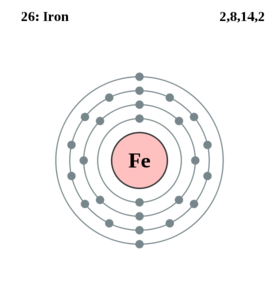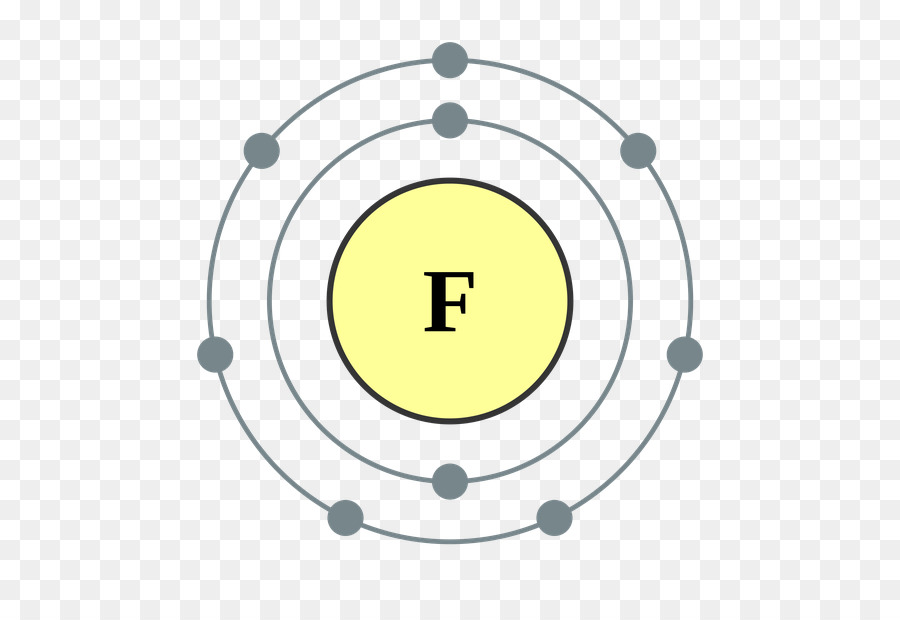Iron Fluorine involves two elements: iron and fluorine. You have probably watched or listened to Dr. Sebi’s presentation where he made reference to ‘iron fluorine’, and are trying to find more information about it – this article should help.
I have not come across information about ‘iron fluorine’ as a combined element, except for references to iron fluoride (an inorganic compound, formed by combining iron and fluorine). Having said that, there is still a lot of missing information about plant chemistry at a detailed level. I, however, think the reference may have been made for plants that contain both the elements of ‘iron’ and ‘fluorine’.
What is iron fluorine?
To answer this question we briefly look at both iron and fluorine:

Iron
Iron is an essential mineral. It is necessary for the transportation of oxygen (via hemoglobin in red blood cells) and for oxidation by cells (via cytochrome). Iron is essential for the formation of haemoglobin in red blood cells; haemoglobin binds oxygen and transports it around the body. Hemoglobin represents about two-thirds of the body’s iron. If we did not have enough iron, our bodies could not make enough healthy oxygen-carrying red blood cells.
It is iron that enables us to live; without it, we could not utilise oxygen. Iron is also necessary to maintain healthy cells, skin, hair, and nails.
Fluorine
Fluorine is a halogen (from the Greek hals, meaning sea salt; gennao, meaning I beget). The ocean is the natural home of the halogens (fluorine (F), chlorine (Cl), bromine (Br), iodine (I), and astatine (At)). Of the halogens, fluorine has the highest crustal abundance. Apart from the occurrence of fluorine in fluorite (calcium fluoride – CaF2), there are few commonly occurring minerals which contain the halogens as essential constituents. It is found in higher concentrations in seawater than in river water, meaning as salinity increases, so does the concentration of fluorine. Fluorine unites with every element except oxygen and is found in many of the tissues of the body. Fluorine is present in oceanic seawater in concentrations slightly above 1 mg/L. It is present as fluoride. Little is known concerning the role of fluorine in the sea. (Sverdrup et al p.181)
Benefits of Iron / Fluorine
As noted, iron is necessary for us to breathe and function; it is responsible for the very ‘breath of life’. Without iron, we would not be able to make red blood cells which are responsible for the transportation of oxygen throughout the body. Every cell of the body requires oxygen for energy for various processes. The blood also plays an important role in removing the metabolic waste from respiration, as it takes the carbon dioxide (a waste product of metabolisation) to the lungs to be released from the body. Oxygen must be supplied to cells, and carbon dioxide removed.
Fluorine has been shown to have beneficial effects on bone and tooth formation. Fluorine helps to build immunity, strengthens bones and protects teeth (chemical sodium fluoride in water does not have the same healing properties). Fluorine helps to protect the body from invasion and proliferation of viruses. It acts as a disinfectant, germicide, antiseptic, antiparasitic, and antipyretic (effective against fever).
Sources of Iron / Fluorine
Iron is found in many of the foods and herbs we consume. This includes sea lettuce, seaweeds (sea moss, bladderwrack, hijiki, kelp, wakame etc), mustard green, amaranth, dandelion greens, berries, grapes, plums, figs, dates, cherries, burdock, nettle, yellow dock etc.
Seaweed is a great source of fluorine (NOT fluoride); in fact, seaweeds are one of the few good sources of fluorine. It is said that fluorine is lost in pasteurisation and cooking as it is volatile and evaporates with cooking (chemically fluoridated water, in contrast, loses no fluoride with heat). “To get the fluorine you have to consume the seaweed raw – even minimal cooking causes fluorine to be lost.” (Bowden p.262) Eat dried seaweeds raw after soaking. Bowen notes that unpastuerised vinegar made from apple is a source of “natural organic fluorine”. (Bowden p.328)
Source of fluorine include seaweeds, juniper berries, licorice, (Pitchford p.125) avocados, Brussels sprouts, cabbage, caraway seed, cauliflower, dates, endive, greens, juniper berries, lemon grass, parsley, rye bran or meal, sea cabbage, sea lettuce, spinach, and tomatoes.
Reference(s)
1. The Oceans Their Physics, Chemistry, and General Biology H. U. Sverdrup
2. Ewan – Estuary types and chemical processes 4
https://sites.google.com/site/soes2027tutorialassessments/home/ewan
3. The 150 Healthiest Foods on Earth, Revised Edition: The Surprising, Unbiased Truth about What You Should Eat and Why By Jonny Bowden
4. Healing with Whole Foods: Asian Traditions and Modern Nutrition By Paul Pitchford
5. http://livingawholelife.blogspot.com/2009/09/flourine.html
6. https://www.naturalfoodseries.com/9-benefits-fluorine/
7. http://www.herbaleducation.net/herbs-glance
8. https://blogs.osc-ib.com/2016/06/ib-student-blogs/the-halogens-and-the-sea/
9. Let’s Get Natural with Herbs By Debra Rayburn
This article is copyrighted by Ital is Vital, 2025. Want to re-post this article? Visit our guidelines.
DISCLAIMER: THIS WEBSITE DOES NOT PROVIDE MEDICAL ADVICE
The information, including but not limited to, text, graphics, images and other material contained on this website are for informational purposes only. The purpose of this website is to promote broad consumer understanding and knowledge of various health topics. It is not intended to be a substitute for professional medical advice, diagnosis or treatment. Always seek the advice of your physician or other qualified health care provider with any questions you may have regarding a medical condition or treatment and before undertaking a new health care regimen, and never disregard professional medical advice or delay in seeking it because of something you have read on this website.
